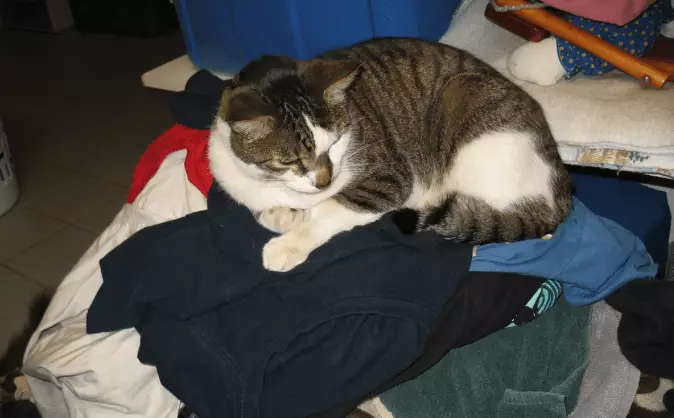Cats are some of the most fascinating companions in the animal kingdom, known for their unique quirks and endearing behaviors. From their penchant for high perches to their preference for cozy hiding spots, cats exhibit a range of habits that are often amusing and perplexing. As pet owners, we find ourselves captivated by these small, delightfully eccentric gestures that make our feline friends all the more lovable. But what drives these behaviors, and how can we understand them on a deeper level?
When analyzing cat behavior, it’s essential to recognize that these preferences are not merely whims of personality; they are deeply rooted in evolutionary instincts. Much like their wild ancestors, domestic cats retain survival traits that dictate their choices regarding comfort, safety, and resource allocation. Understanding these instincts sheds light on why your cat chooses a specific spot on the couch over a lavishly cushioned bed.
Safety and Familiarity: The Cat’s Perspective
A significant aspect of feline behavior revolves around safety and familiarity. Wild cats instinctively seek out places that offer protection from potential threats, and this behavior persists in domestic cats. Your home is a mini sanctuary, filled with scents and items that carry meanings unique to your cat. For instance, when a cat curls up on your freshly worn clothes, it’s not just a quest for warmth; it’s an emotional connection to you. The scent of your clothes reassures them, making them feel secure in an otherwise unpredictable environment.
Aside from familiar scents, the tactile qualities of our belongings play a role in their affection towards certain items. Cats are sensitive to textures—they may favor soft fabrics like cotton or fleece, which provide comfort and warmth. These tactile preferences can be instrumental in creating a cozy environment for your feline companion. Using your clothes or favorite blankets can provide a safe haven that embodies both familiarity and comfort, effectively allowing them to escape the stress of their surroundings.
Creating an Inviting Space for Your Cat
To cultivate an environment that supports your cat’s emotional well-being, consider setting up a designated cozy space. This area can be enhanced with familiar items that hold your scent, such as an old t-shirt or a favorite blanket. Additionally, creating a rotating selection of comfy items can keep things fresh while maintaining that sense of familiarity your cat craves. The objective is to offer your pet a sanctuary where they can retreat during overwhelming moments or adjustments, reinforcing their need for security in fluctuating situations.
While humans may be less aware of their enclosed worlds, cats experience their environments through a rich tapestry of scents and sensations. For us, the act of switching out beddings or ensuring there are safe and recognizable spaces is a step toward better understanding our furry friends. This simple yet profound gesture provides comfort, signaling to them that their essential cozy corner is always available.
The Importance of Acculturating to Your Cat’s Sensory Needs
As pet owners, the challenge lies in viewing the world from our pets’ perspectives and recognizing what impacts their happiness. Cats, unlike humans, are not able to vocalize their needs or fears, relying instead on their instincts and the cues observed in their surroundings. This emphasizes the importance of deepening the bond you share through thoughtful observation and accommodation of their preferences.
Creating spaces that are enriched with elements that appeal to their sensory world can produce a notable difference in their behavior. When a cat feels safe, understood, and able to exercise its autonomy, it’s more likely to flourish emotionally and socially. Small adjustments, like maintaining a quiet corner with soothing textures or offering them items they find appealing, can lead to significant improvements in their overall happiness.
In the end, a little understanding goes a long way. A commitment to incorporating your cat’s natural instincts and preferences into the living space nurtures a lasting bond and a happier home for you both.

